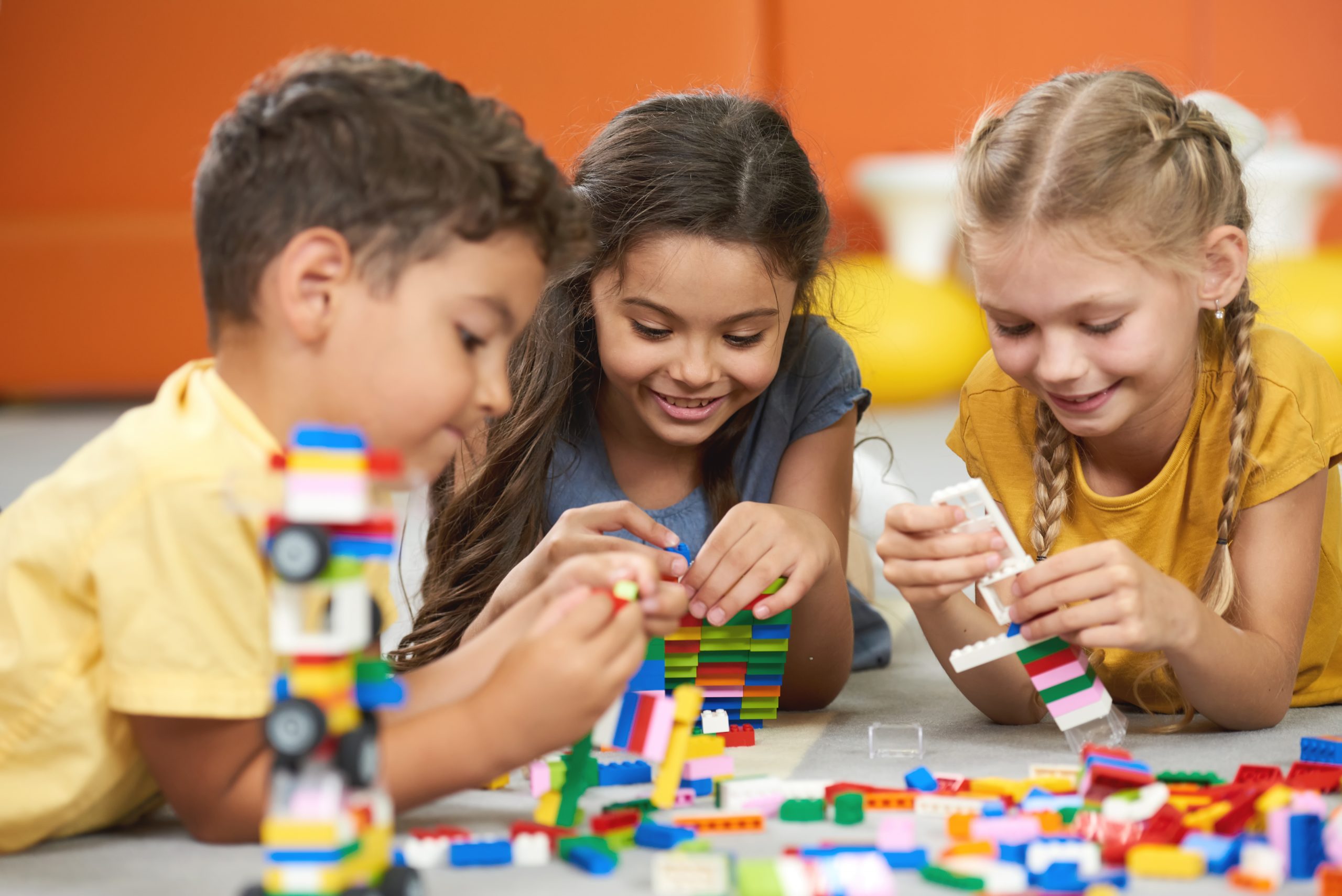Empathy is the ability to understand and share the feelings of another. This crucial emotional skill often determines how children interact with their peers, family, and eventually, the broader society. Nurturing empathy in young children, from preschool to elementary ages, can set a foundation for more compassionate and considerate behaviors as they grow. In this blog, we’ll explore engaging empathy activities for kids that can help you instill this vital trait.
Role-Playing Fun
Role-playing is a dynamic way to teach empathy. Through imaginative play, children can learn to recognize emotions and respond to them compassionately. Encourage your little ones to act out different scenarios, such as comforting a sibling, sharing toys, or helping a friend. This not only improves their emotional literacy but also boosts their problem-solving skills.
Delving into Stories
Storytelling is a powerful tool to demonstrate empathetic behavior. Stories with relatable characters and emotional depth can transport children into someone else’s shoes. After reading, engage the children in a discussion about how the characters might feel and what kind, empathetic actions might look like in similar situations. Choose books that depict a range of emotions and situations for them to learn from.
Taking an Empathy Walk
Engage kids in an Empathy Walk around the classroom, playground, or home. During this activity, they quietly observe their peers and later share their observations about how others might feel. This thought-provoking exercise encourages kids to be mindful and attentive to the feelings of those around them.
Charting Feelings
Creating a Feelings Chart is a visual and interactive way for kids to express their emotions. Have them draw faces portraying different emotions or use stickers, and then hang the chart for everyone to see. This not only helps children recognize feelings in themselves and others but also opens up conversations about coping strategies and supporting friends in various emotional states.
Crafting Friendship Bracelets
Making Friendship Bracelets or cards lets children think about what they value in their friends. While crafting, ask them to talk about why they appreciate their friend and how it feels to receive kindness. This reinforces the concept of empathy by emphasizing positive social interactions and gratitude.
Filling the Kindness Jar
Set up a Kindness Jar where children can drop anonymous notes of kindness or thanks about their peers. Read the notes together during circle time, demonstrating just how impactful kind words and acts can be. This activity promotes a culture of appreciation and empathy within the learning environment.
Engaging in Community Service
Planning a simple Community Service Project gets kids involved in acts of empathy on a larger scale. Select age-appropriate tasks, like creating artwork for local first responders or setting up a school recycling drive. This hands-on approach shows children the tangible outcomes of caring for others and the community they live in.
Conclusion
Practicing empathy is not only essential for personal growth but also for fostering stronger relationships, improving communication skills, and instilling a sense of moral responsibility in children. By integrating fun and educational empathy activities for kids that emphasize empathy and kindness into their daily routines, we can nurture the compassionate leaders of tomorrow. Each act of empathy serves as a building block towards creating a more understanding and connected world. With Troomi phones and watches, children can explore the outdoors and simply be kids, free from the distractions and safety concerns that often accompany traditional smartphones. By providing essential features without becoming harmful or addictive, Troomi devices allow kids to engage fully in their surroundings while staying connected and protected, paving the way for meaningful experiences that contribute to their social and emotional development
Interested in learning more? Click here.


